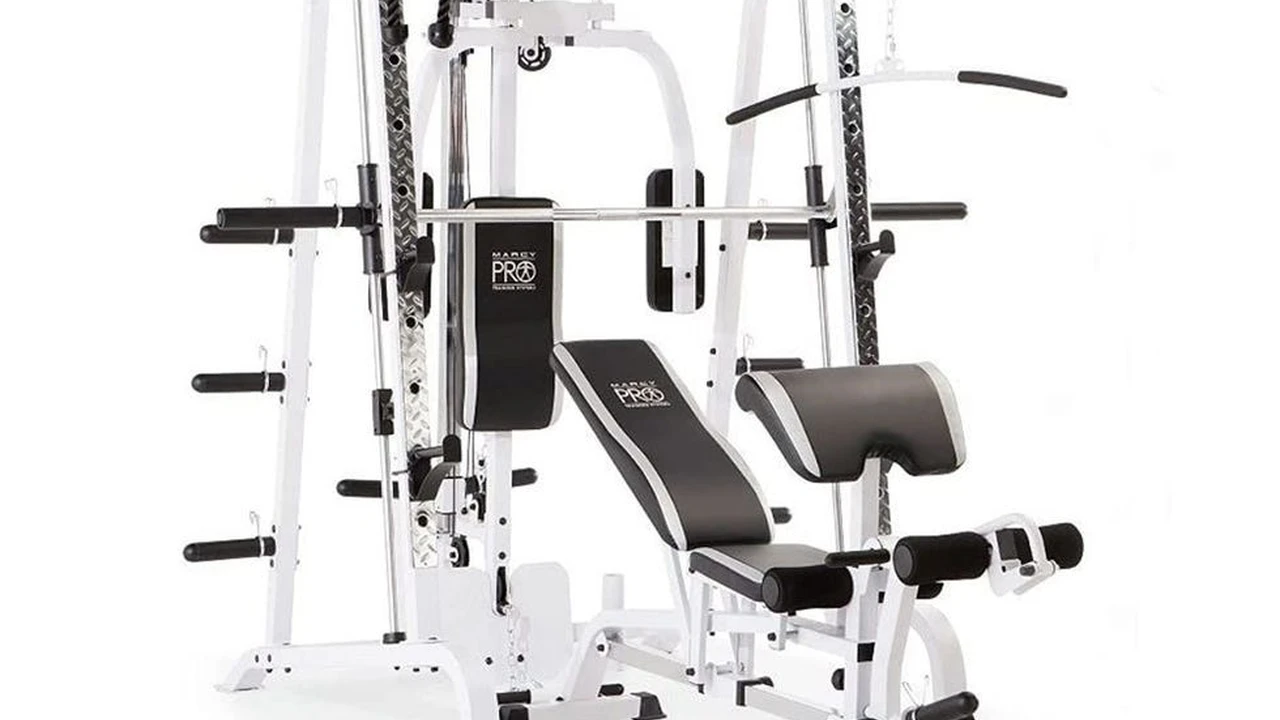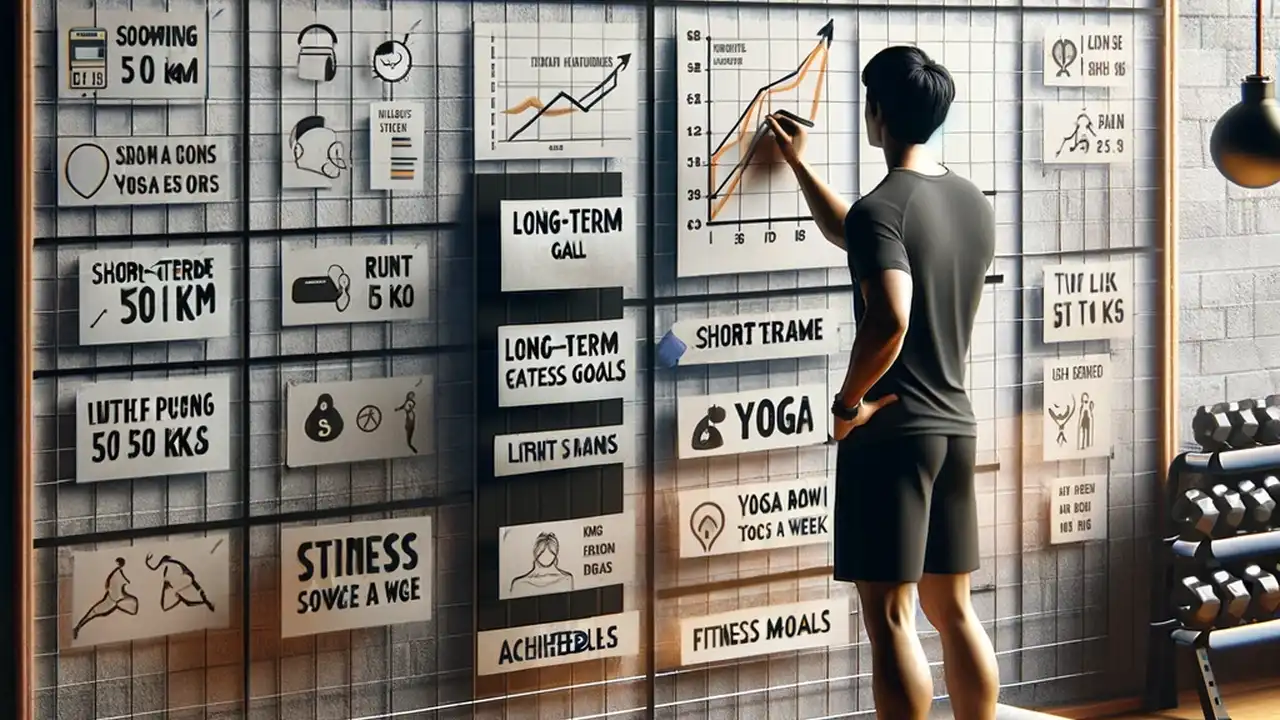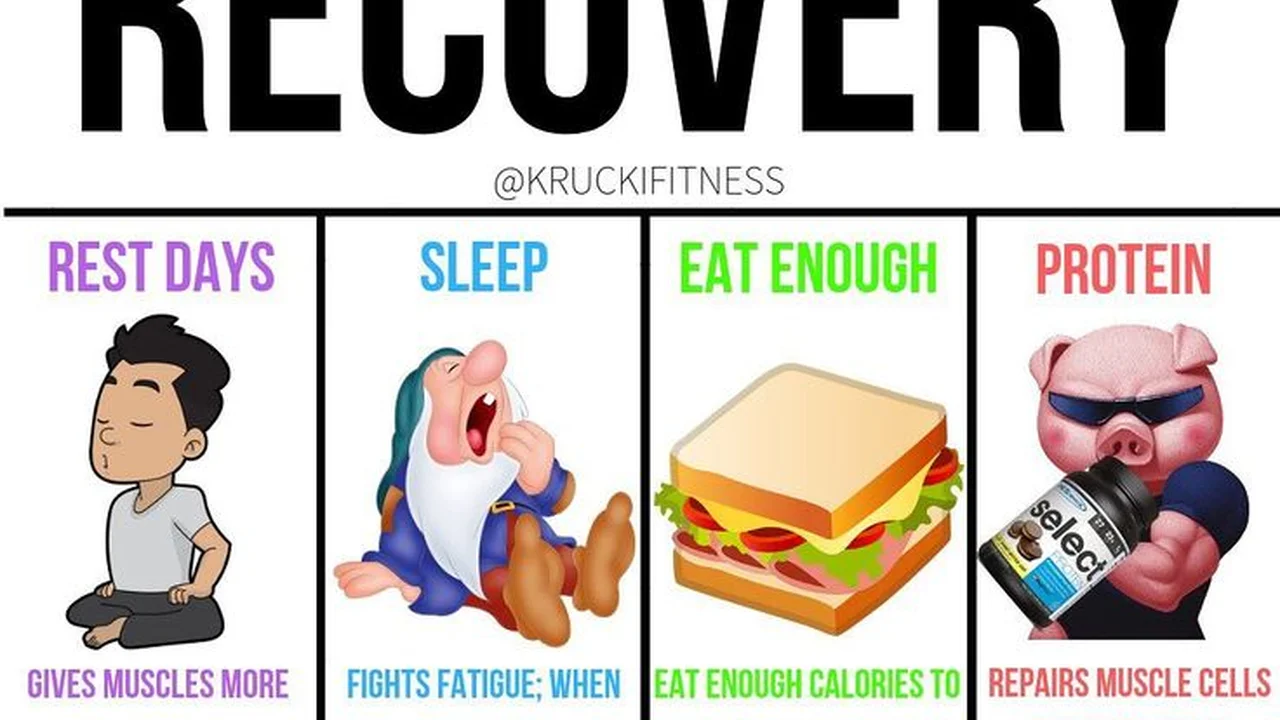Comparing Popular Home Gym Systems: Which is Best?
Gym Equipment Reviews and Comparisons is a crucial category for anyone looking to build a home gym. Choosing the right equipment can be overwhelming with so many options available. This article dives deep into comparing popular home gym systems, helping you make an informed decision. We'll explore different types of systems, specific product recommendations, usage scenarios, detailed comparisons, and pricing, all to guide you towards the best choice for your fitness journey.

Home Gym Systems Overview Understanding Your Fitness Goals
So, you're thinking about bringing the gym home? Smart move! But before you dive headfirst into buying a shiny new home gym system, let's take a step back and figure out what you actually need. What are your fitness goals? Are you trying to bulk up, slim down, improve your overall strength, or just stay active? Knowing this is crucial because a powerlifter's needs are very different from someone who just wants a convenient way to get a daily workout.
Home gym systems come in all shapes and sizes, from compact multi-gyms to comprehensive power racks. Some focus on strength training with weights, while others offer cardio options like rowing machines or elliptical trainers. Think about the types of exercises you enjoy and what you're hoping to achieve. Are you a fan of bench presses and squats? Or do you prefer cable exercises and bodyweight movements? This will help you narrow down your options significantly.
Types of Home Gym Systems A Detailed Look
Okay, let's break down the different types of home gym systems you'll encounter. This will give you a better understanding of what's out there and what might be the best fit for your needs:
- Multi-Gyms: These are all-in-one systems that typically offer a variety of exercises using weight stacks and cables. They're great for beginners or those who want a versatile workout without taking up too much space. Think chest presses, lat pulldowns, leg extensions, and more, all in one compact unit.
- Power Racks and Cages: These are the go-to choice for serious strength trainers. They provide a safe and sturdy platform for heavy lifting, especially squats, bench presses, and overhead presses. You'll usually need to buy weights and a barbell separately.
- Functional Trainers: These use cable systems with adjustable pulleys, allowing for a wide range of exercises that mimic real-life movements. They're excellent for improving functional strength and coordination.
- Smith Machines: These feature a barbell that's locked into a vertical track, providing added stability and safety. They're popular for beginners and those who want to lift heavy weights without a spotter.
- Bodyweight Stations: These systems utilize your own bodyweight for resistance, offering exercises like pull-ups, dips, and push-ups. They're a great option for building strength and endurance without the need for weights.
Product Recommendations Top Home Gym Systems Reviewed
Now for the fun part! Let's take a look at some specific home gym systems and see what they have to offer:
Bowflex PR3000 Home Gym A Versatile Option
The Bowflex PR3000 is a popular multi-gym that offers over 50 different exercises. It uses Bowflex's Power Rod resistance system, which provides smooth and consistent resistance throughout the range of motion. This is a great option for beginners or those who want a versatile workout without taking up too much space. It's priced around $800-$1000.
- Pros: Compact design, wide range of exercises, smooth resistance.
- Cons: Power Rods may not provide enough resistance for advanced lifters, limited leg exercise options.
Body-Solid EXM3000LPS Home Gym A Comprehensive Workout
The Body-Solid EXM3000LPS is a more robust multi-gym that offers a wider range of exercises and heavier weight stacks. It's built to last and can accommodate multiple users at once. This is a good choice for families or those who want a more serious home gym setup. Expect to pay around $2500-$3000.
- Pros: Durable construction, multiple workout stations, heavy weight stacks.
- Cons: Large footprint, higher price point.
Rogue Fitness R-3 Power Rack A Strength Training Powerhouse
The Rogue Fitness R-3 Power Rack is a heavy-duty power rack that's built for serious strength training. It's made from high-quality steel and can handle heavy loads. This is a great option for experienced lifters who want a safe and reliable platform for squats, bench presses, and other compound exercises. The rack itself costs around $700-$900, but you'll need to factor in the cost of a barbell and weights.
- Pros: Extremely durable, versatile for various strength exercises, customizable.
- Cons: Requires separate purchase of weights and barbell, takes up significant space.
Inspire Fitness FT1 Functional Trainer A Full Body Solution
The Inspire Fitness FT1 Functional Trainer is a cable-based system that allows for a wide range of exercises that mimic real-life movements. It's great for improving functional strength and coordination. The FT1 is a mid-range option, typically priced around $2000-$2500.
- Pros: Versatile, functional exercises, smooth cable system.
- Cons: Can be challenging for beginners to learn proper form, limited weight stack.
Usage Scenarios Where Each System Shines
Let's picture some scenarios to help you visualize which system might be the best fit for your lifestyle:
- Apartment Dweller: If you're tight on space, the Bowflex PR3000 is a great option. It's compact and doesn't require a lot of room.
- Family Fitness: The Body-Solid EXM3000LPS is perfect for families who want to work out together. It has multiple stations that can be used simultaneously.
- Serious Lifter: The Rogue Fitness R-3 Power Rack is the way to go if you're serious about strength training. It's built to handle heavy loads and will last for years.
- Functional Fitness Enthusiast: The Inspire Fitness FT1 Functional Trainer is ideal for those who want to improve their functional strength and coordination.
Comparing Features Price and Performance
Okay, let's get down to the nitty-gritty and compare these systems side-by-side:
| Feature | Bowflex PR3000 | Body-Solid EXM3000LPS | Rogue Fitness R-3 | Inspire Fitness FT1 | |-------------------|-------------------|-----------------------|-------------------|----------------------| | Price | $800-$1000 | $2500-$3000 | $700-$900 (rack only) | $2000-$2500 | | Space Required | Compact | Large | Significant | Moderate | | Exercise Variety | High | Very High | Limited (without attachments) | High | | Resistance Type | Power Rods | Weight Stacks | Free Weights | Cable System | | Durability | Moderate | High | Extremely High | Moderate | | Best For | Beginners, Space-Conscious | Families, Comprehensive Workouts | Serious Lifters | Functional Training |Pricing Breakdown What to Expect to Pay
Let's talk money! Home gym systems can range in price from a few hundred dollars to several thousand. Here's a more detailed breakdown:
- Entry-Level Multi-Gyms: These typically cost between $500 and $1000. They're a good option for beginners or those on a budget.
- Mid-Range Multi-Gyms: Expect to pay between $1000 and $2500 for a more robust multi-gym with heavier weight stacks and more features.
- Power Racks and Cages: The rack itself can cost between $500 and $1500, but you'll also need to factor in the cost of a barbell and weights, which can easily add another $500-$1000 or more.
- Functional Trainers: These typically range in price from $1500 to $3000, depending on the features and quality.
Remember to factor in shipping costs and assembly fees when calculating the total cost. Some retailers offer free shipping or assembly, so be sure to shop around.
Making the Right Choice Considerations and Tips
Alright, you've got a lot of information to digest! Here are a few final tips to help you make the right choice:
- Read Reviews: Don't just rely on the manufacturer's website. Read reviews from other users to get a more unbiased opinion.
- Try Before You Buy: If possible, try out the system at a local fitness store or gym before you buy it. This will give you a better feel for the equipment and help you decide if it's right for you.
- Consider Your Space: Measure your workout area carefully to make sure the system will fit comfortably.
- Think About Future Needs: Choose a system that can accommodate your future fitness goals. You don't want to outgrow it in a few months.
- Don't Be Afraid to Invest: A good home gym system is an investment in your health and well-being. Don't be afraid to spend a little extra to get a system that will last for years.
Building a home gym is a big decision, but with a little research and planning, you can create a workout space that will help you achieve your fitness goals. Good luck!
:max_bytes(150000):strip_icc()/277019-baked-pork-chops-with-cream-of-mushroom-soup-DDMFS-beauty-4x3-BG-7505-5762b731cf30447d9cbbbbbf387beafa.jpg)






